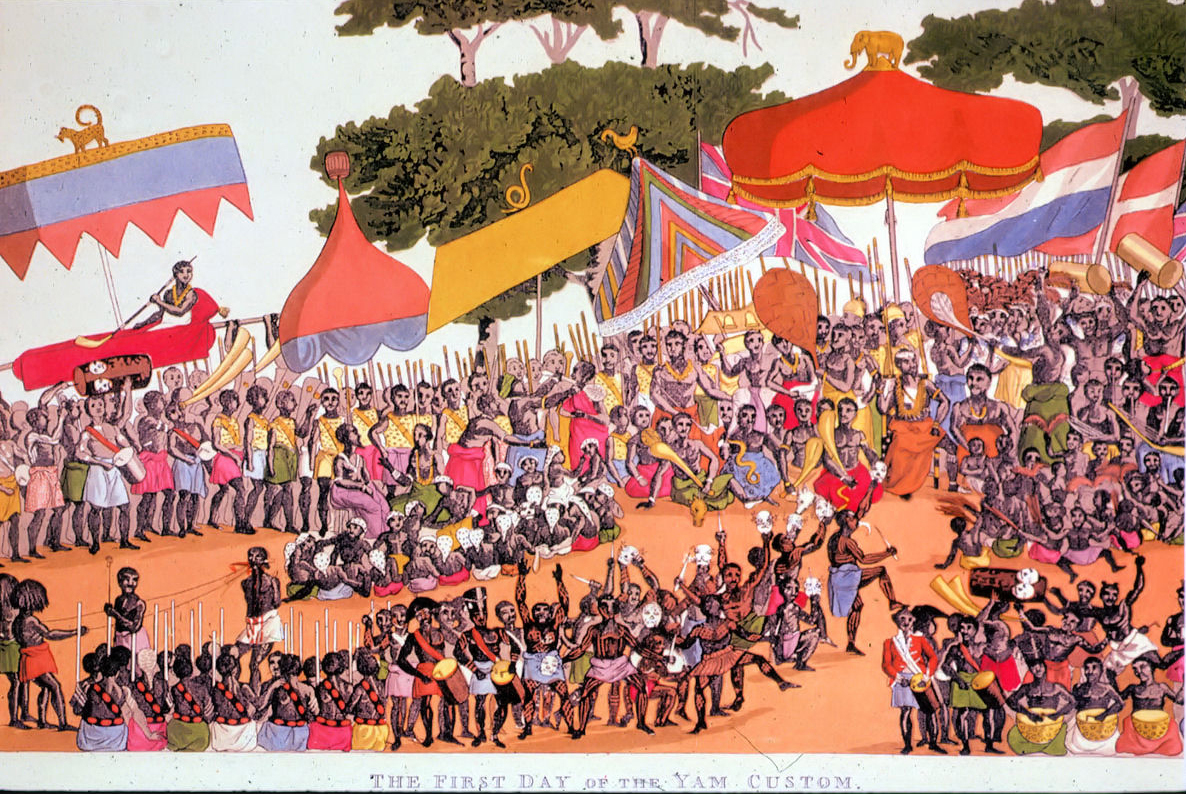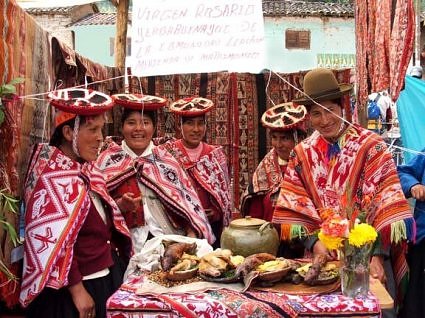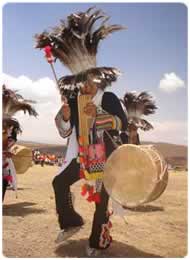Inca Traditions Information |
The Inca Empire ranged from 1197 - 1533 and included parts of Ecuador, Peru, Bolivia, Argentina and Chile. invasion of the Inca Empire in 1532 resulted in the demolition of all but a trace of the culture. Thus, information up to this period is incomplete at best, and the myths that have carried on from generation to generation have shaped much of the story we know today.
Several traditions have survived the Spanish Conquest. Here are just a few:Inca Traditions Quechuathe indigenous language of the Andean people. When the Spanish arrived, the words were written using Spanish phonetics (there was no written alphabet up until this point), which resulted in a distortion of the words and their meanings. Quechua is still widely spoken by the Andean people and is the basis for many of the names and words you will find throughout Peru. It is one of Peru's official languages. Inca Tradition PachamamaMother Earth. The Andean people honour Pachamama, the female goddess from whom they get life. They frequently make offerings of food, drink, coca leaves and gifts to Pachamama to give back and thank her.
The Andean WorldsKayapacha, Hanapacha, and Ukupacha. The Andean people believe that the universe exists on three levels. Kayapacha, represented by the puma, is the level where humans live, together with the plants, animals and the elements. Hanapacha, represented by the condor, is the upper world, where superior beings (the saints) live. The Ukupacha, represented by the serpent, is the 'underworld', where the spirits of the dead reside.
Inca Traditions Coca LeavesFrom the coca plant that is used today to produce cocaine. For centuries the leaves have been used in offerings to Pachamama and for other ceremonies. Three coca leaves are fanned onto the palm of a hand and the participating individual blows their intention onto the leaves, to be taken by Pachamama to the spirits. Apukunas (Apus)The divine beings of the sacred mountains. The Apus are considered to be the most powerful deities in Andean tradition because they live in both the middle and the upper worlds and can be a bridge between humanity and the stars. The mountains are believed to control the weather and the wild animals, which in turn have an effect on the year's crop. Inti RaymiThe largest festival of the year, held on the winter solstice in June, honouring the Sun and giving thanks for the harvest. During Inca times, people would come from near and far to celebrate, bringing offerings of silver, gold, and coca leaves. The ceremony lasted 8 days and ended with Manco Inca breaking the earth with his stake to signify the commencement of the growing season. More info on- Inca Facts, Beliefs, Religion, Culture, Art
|





